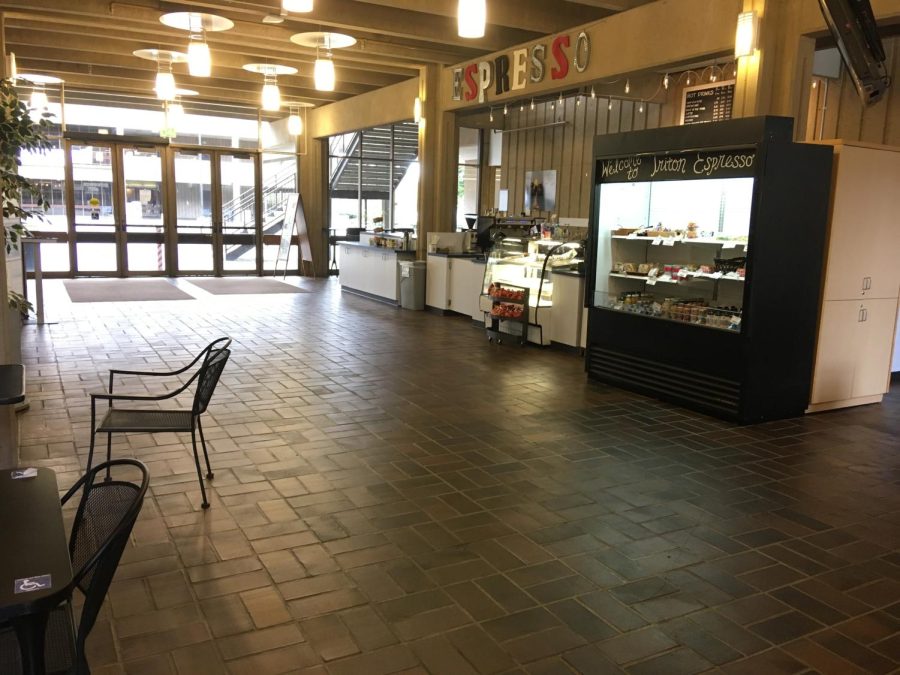Edmonds plans in-person classes for spring quarter
Officials seek balance between safety and a return to normalcy
Edmonds College leadership is planning an upcoming spring quarter of hybrid, online, and on-ground instruction to satisfy COVID-19 concerns and student and faculty desires to resume in-person learning.
Gwen Shlichta, for one, is eager to get back into a physical classroom.
“It’s why I teach, to connect with my students and get excited about biology together,” Shlichta, an instructor in the college’s biology department, said. “I don’t really have that kind of interaction online.”
Maya Christianson, a second-year student at Edmonds, echoes those thoughts.
“I prefer in-person learning because it gives me the option to engage with my classmates,” Christianson said. “I do not get the same experience online.”
In an effort to keep students, faculty, and staff safe, Edmonds College will continue to conduct contact tracing per Snohomish Health District guidance, follow cleaning protocols that are stricter than those recommended, and provide N95 masks for staff and faculty engaging in face-to-face instructional activities. The college is currently working with health organizations to coordinate an on-campus vaccination clinic that administers booster shots, as well. College leadership asks students working on campus or on off-campus school activities to fill out the Covid Health and Illness Report if they feel symptoms, have had close contact with someone who has tested positive for COVID-19, or have tested positive for COVID-19, themselves.
The college is equipped with two teams of people that have coordinated instruction and safety during the pandemic: The Covid Taskforce–consisting of student and staff representatives at Edmonds College–and The Covid Response Team that consists of college President Amit Singh, his leadership team, the head leadership of the Safety, Security, and Emergency Preparedness department, and the college Public Information Officer. These two teams gather information from federal, state, and county-level health officials to inform their decisions about instruction and on-campus activities during the pandemic.
During the course of the last three years, students and faculty have had to navigate through swift changes between different instructional modes. With spring quarter registration approaching, the planned mixture of instructional modalities may be a significant factor contributing to the decisions students make about what classes to take. Hoping to accommodate both safety concerns and student and faculty preferences, VPI Kim Chapman communicates, “We want to have in-person instruction, too, as well as in-person services, but we also want to make sure our students, faculty and staff are safe”.
Despite the unpredictability of the college experience, Christianson points out, “I think what the college has done during online learning is better than most schools. The provision of resources for students who might not have access to them because of the pandemic is great. Additionally, the teaching has been equally amazing and executed well.”

